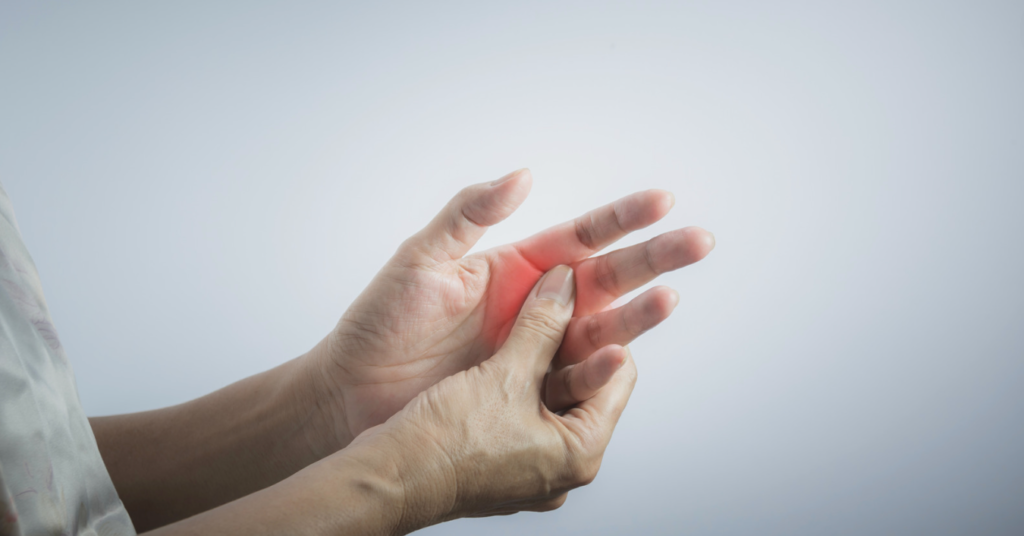What is Dupuytren’s Contracture?
Dupuytren’s contracture is a disease that results in a hand deformity and can become extremely limiting for affected persons. It usually begins with lumps or nodules and progresses into cords that pull the fingers into a bent or flexed position. This process occurs slowly over the course of years and results from the proliferation of scar-like tissue above the flexor tendons in the hands.
Who Gets Dupuytren’s Contracture?
Typically Dupuytren’s Contracture affects people starting in their 50’s and is more common in males and people of Northern European descent. Other risk factors include alcohol and tobacco use, diabetes and the use of anti-seizure medications.
How is Dupuytren’s Contracture Treated?
1. Needling
A needle can be inserted directly into the cords of the tissue to break up the contracture. Care should be taken to avoid the nerves and vessels in the hand, which can be done effectively if performed under ultrasound guidance. There is minimal risk and downtime with this approach and it can be easily repeated if the contracture gets worse again.
2. Enzyme Injections
An enzyme can be injected directly into the cords which can weaken them and help to break up the fibrotic tissue. There is minimal downtime, but there is a risk of rupturing the flexor tendons if the enzyme is injected too deeply.
3. Extracorporeal Shockwave Therapy (ESWT)
ESWT involves delivering controlled Shock Wave Energy into the musculoskeletal tissues in order to stimulate angiogenesis (new blood flow), decrease inflammation and help the target tissue remodel. It is used in a number of different applications for musculoskeletal conditions involving tendons, ligaments, bones and arthritis. There have been several studies (1,2) that have shown improvements in pain and function in patients with Dupuytren’s Contracture and there is no downtime involved.
4. Surgery
Surgery involves cutting open the hand and removing the affected tissue. This can be appropriate for the most severe cases, but involves the risk of permanent hand deformity, and other surgical complications. Recurrence rate is around 50% in the 5 years following surgery.
Talk with your physician about the best strategy for your own situation. How advanced the disease is and an analysis of risks and benefits for each patient is ideal to come up with the best approach for each patient.
References:
- Knobloch, K., Hellweg, M., Sorg, H., & Nedelka, T. (2021). Focused electromagnetic high-energetic extracorporeal shockwave (ESWT) reduces pain levels in the nodular state of Dupuytren’s disease—a randomized controlled trial (DupuyShock). Lasers in Medical Science, 37(1), 323–333. https://doi.org/10.1007/s10103-021-03254-9
- Brunelli, S., Bonanni, C., Traballesi, M., & Foti, C. (2020). Radial extracorporeal shock wave therapy: A novel approach for the treatment of Dupuytren’s contractures. Medicine, 99(24). https://doi.org/10.1097/md.0000000000020587
- Kan, H. J., Verrijp, F. W., Hovius, S. E., van Nieuwenhoven, C. A., & Selles, R. W. (2019). Recurrence of Dupuytren’s disease (DD) after treatment. Definitions. https://doi.org/10.32388/437762
- Image Credit: Canva



